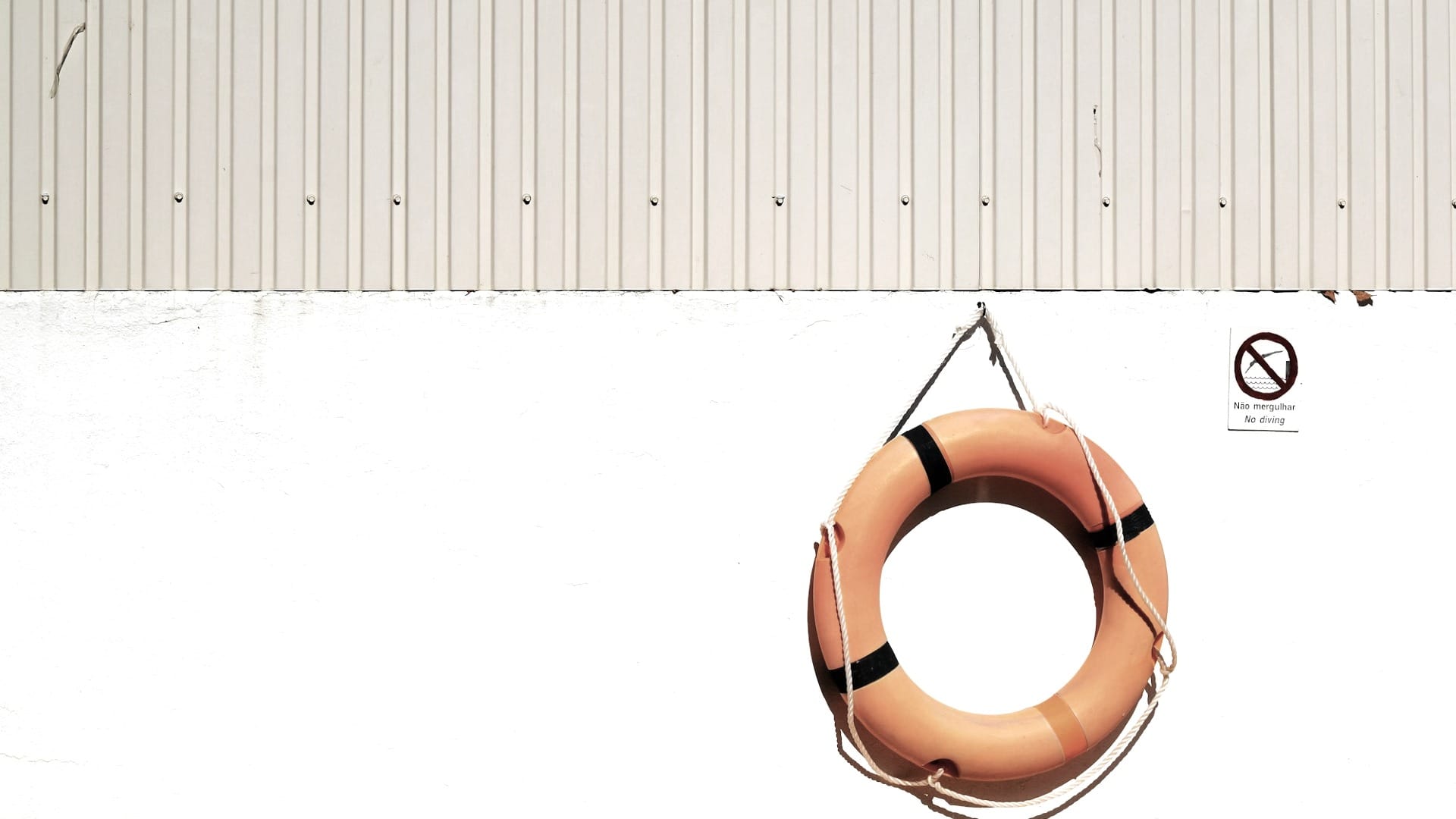Do you wonder what the fastest stroke is?
Depending on how well you swim, the most likely answer is Butterfly, and in some cases a really strong Frontcrawl. However today we are talking about one of the hardest strokes to do!
Why + Philosophy:
The reason why this one is so much harder than the others is that it takes a lot more strength to actually DO the strokes. Then you have to get good at them through practice.
Some swim team coaches make the mistake of doing "windmills" in their training, so that you can increase the number of practiced reps. Although that leads to shoulder injuries, or even torn rotator cuffs..
My philosophy is just building up the strength to do a solid dolphin and frontcrawl, then translating that into a butterfly stroke. Let me explain...
How + Physics:
I always talk about the Three Simple Steps to Swimming, and most of the time it is in the context of Front Crawl actually. However these three steps can be applied to ALL STROKES.
I'll talk about that in a later post, but for now let's look at how FrontCrawl and Butterfly are similar.
Step 1
"Kicking Legs Straight"
FC's alternating kick (scissor kick) is both legs going up and down, Straight, and alternating position. The BF's dolphin kick is both legs going up and down, straight, but simply doing it as one instead of opposite.
Step 2
"Face Down"
FC's face down mentality, is honestly exactly the same for butterfly. The only time you "break it" is when doing a butterfly stroke as your head has to go up out of the water, instead of turning to the side.
Although do note that you aren't really LOOKING up (like with breaststroke), but just elevating your whole upper body out.
Step 3
"Arms out of the water, diving back in"
In FC you are alternating your arms, just like the legs, and only one side is coming out and going back down.
Alternatively, with butterfly BOTH arms are coming out of the water at the same time. You could theorectically think of it like a "double front crawl" if you will.
What + Psychology:
Since it is a harder stroke, then you are going to get to the point of "panic" quicker. A much steeper lung capacity jump, and a lot more physical exertion when enacting each stroke.
This means you are more likely to panic QUICKER, as if you were learning the front crawl all over again. Even if you have a strong capacity with other strokes. Lesson here is "stay calm".
Conclusion
While these posts in this mini-series are over simplifications of the strokes. They are needed because the way I teach each stroke IS different than a majority of instructors.
I'd argue that my way is better, simply because I break things down to the molecular level of swimming. It isn't just about getting from point A to point B, as some instructors focus on. This isn't saying their way is wrong, but just that my way is different.
I hope this post helps you wrap your head around this more difficult stroke today!
This is advice for people to level up their swimming, or perhaps get started in the first place. While you swim you should make sure you are doing so in a public facility with a lifeguard on duty for safety.
![Official Website for Dustin Miller PolyInnovator [LLC]](https://polyinnovator.space/content/images/2025/03/polyinnovator-logo-2024.png)











